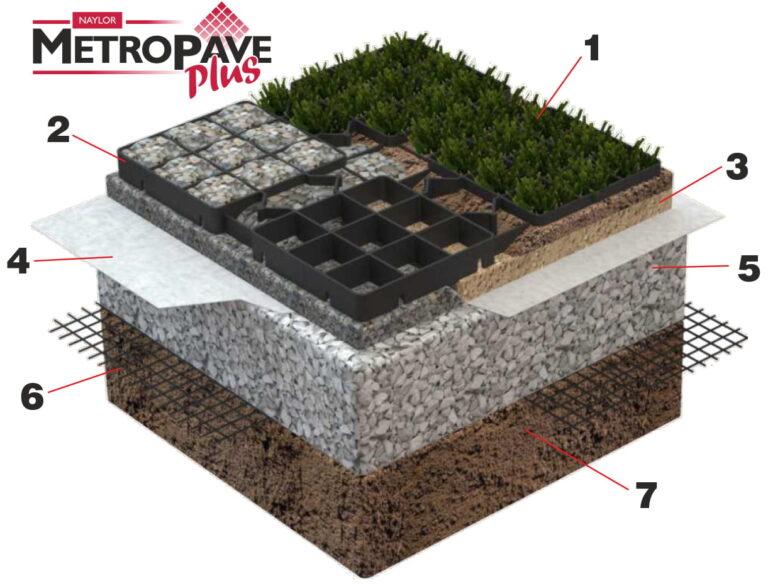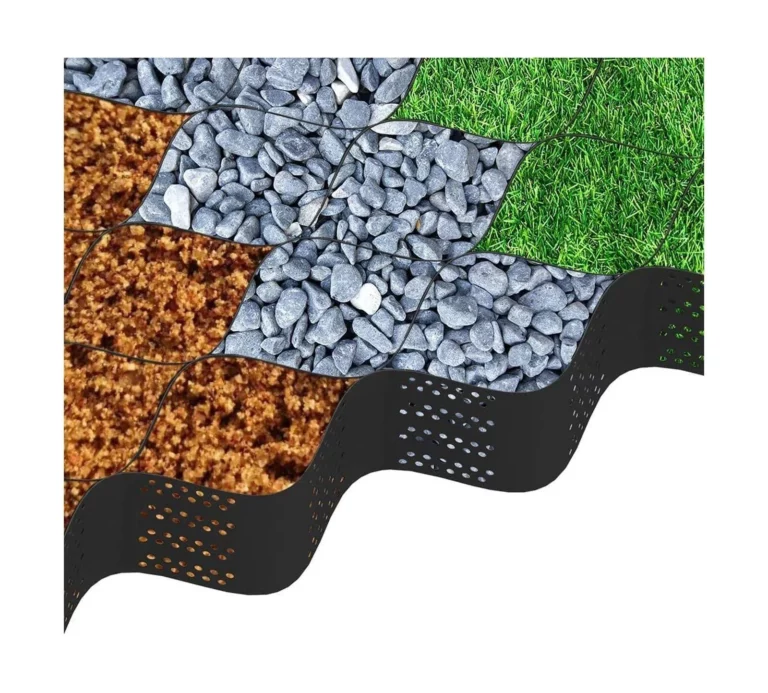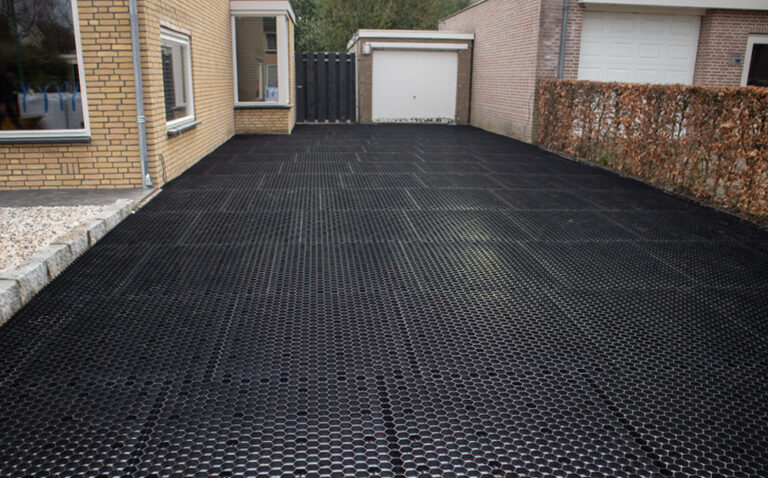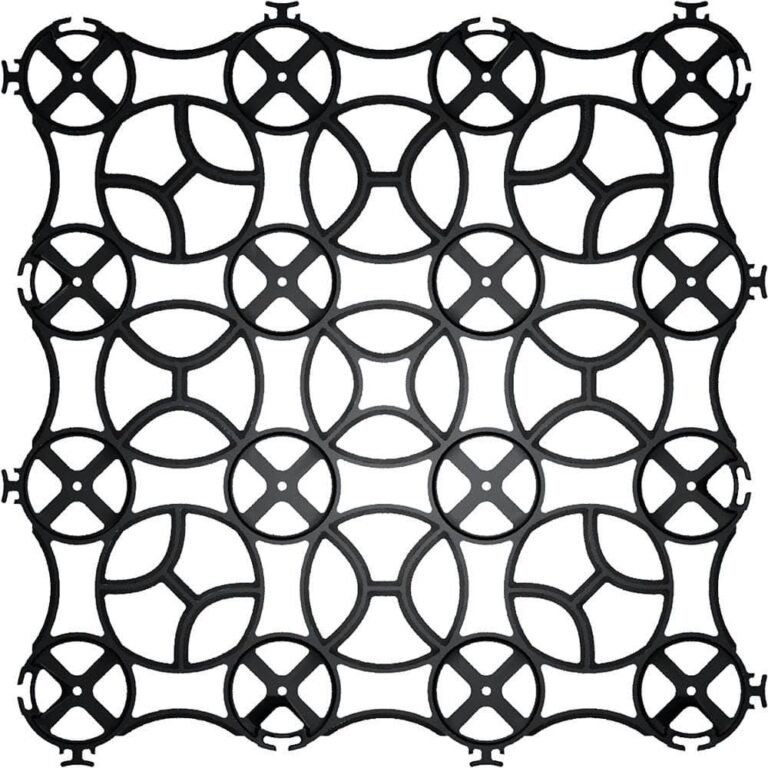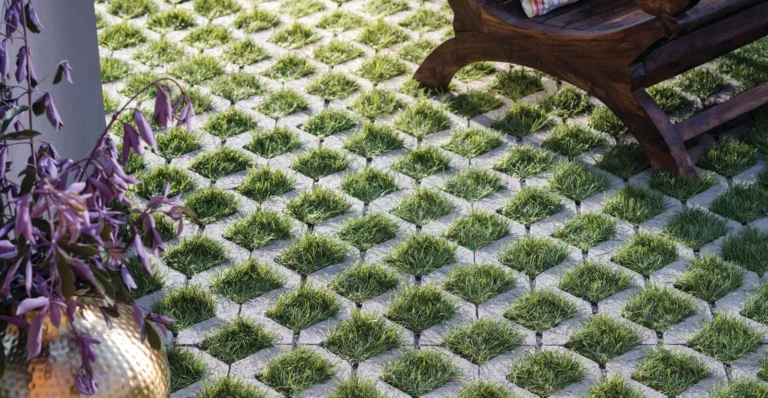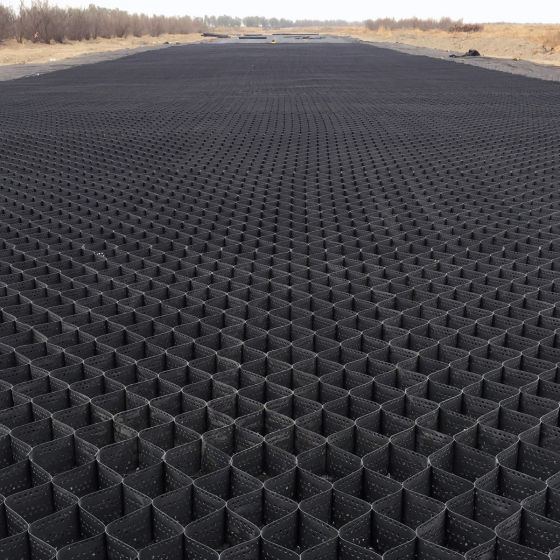Concrete Grid Driveway – The Smart, Sustainable, and Durable Pavement Solution
A concrete grid driveway uses permeable, load-bearing concrete cells—often referred to as turfstone, grass pavers, or grid pavers—to create a stable, eco-conscious surface capable of supporting vehicles while allowing greenery or gravel to thrive. Combining the strength of concrete with the benefits of permeable design, these driveways offer an appealing and functional upgrade to traditional asphalt or concrete pad driveways.
This guide explores product options, benefits, applications, installation details, buying advice, and FAQs—empowering homeowners and property managers to make informed choices about investing in concrete grid driveway systems.
What is a Concrete Grid Driveway?
A concrete grid driveway consists of interlocking concrete units featuring open-cell grids. Installed over a compacted stone base and often incorporating a weed barrier, each cell is filled with grass seed, crushed stone, gravel, or decorative aggregate. What emerges is a permeable, durable surface that combines the structural strength of concrete with natural elements.
These systems deliver load-bearing performance equivalent to solid paving yet remain eco-friendly, blending with landscaped environments—a solution especially popular for eco-conscious projects or areas with stormwater mandates.
Benefits of Installing a Concrete Grid Driveway
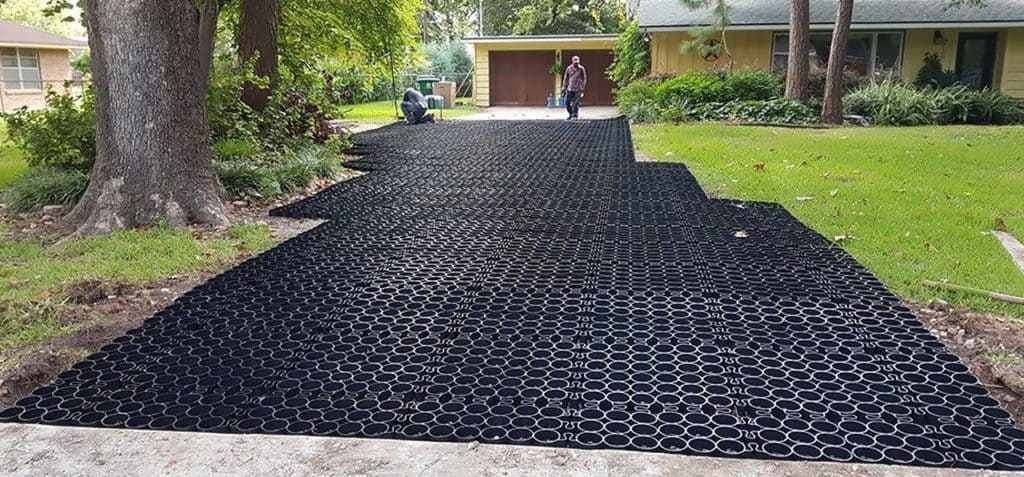
Strength and Longevity
Concrete grid systems are exceptionally durable. For example, Turfstone pavers are rated for 5,000 psi load-bearing capacity and can withstand heavy vehicle use without cracking, offering longevity far beyond traditional gravel driveways (nitterhousemasonry.com).
Permeability and Stormwater Management
The open-cell design allows water to percolate directly into the soil, helping reduce runoff and satisfy municipal stormwater regulations. Concrete grid driveways are recognized in best management practices (BMPs) for controlling pollution and managing runoff (castleliteblock.com).
Top 5 Concrete Grid Driveway Products
Each product offers unique benefits tailored to varying load capacities, aesthetics, and maintenance requirements:
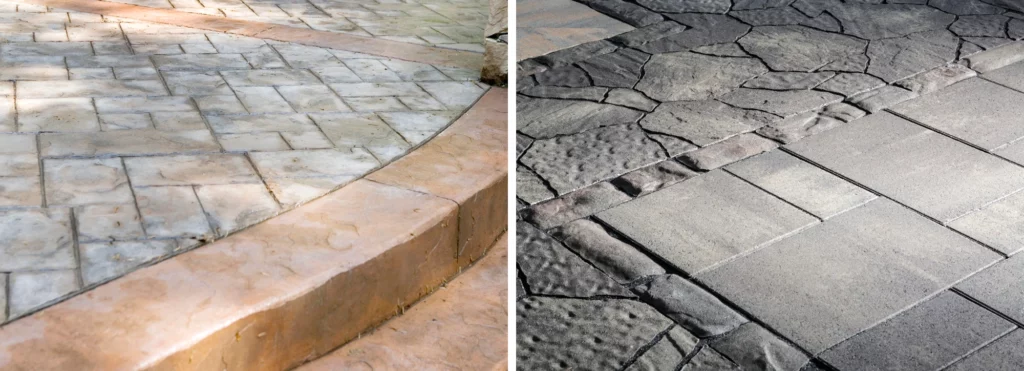
Turfstone Pavers (Mutual Materials)
Made from reinforced concrete with lattice voids, Turfstone allows grass or gravel infill. Ideal for driveways, patios, and parking areas, its 40% void space ensures permeability and greenery integration (mutualmaterials.com).
Key Benefits: Supports vehicle traffic, improves erosion control, visual appeal, and stormwater infiltration.
Belgard Turfstone Grid Paver
Similar to Turfstone, this grid supports grass or gravel infill and is popular for driveways, patios, and landscaped areas. It offers heavy-duty performance while retaining natural aesthetics (belgard.com).
Key Benefits: ADA compliant, functional with lawn surfaces, prevents puddles, and contributes to green design.
Aqualine™ Permeable Grid Pavers (Belgard)
These concrete pavers include spacer bars and open joints to create a seamless permeable surface. They are excellent for both pedestrian and vehicular use, blending strength with elegance (unilock.com).
Key Benefits: Durable, seamless installation, easy to maintain, and effective stormwater control.
Ecoraster Concrete Grid System
Made from recycled materials using German precision, Ecoraster grids are renowned for durability and eco-friendliness. They are suitable for extreme weather and heavy loads (ecorastergrid.com).
Key Benefits: Recyclable materials, ADA-compliant, high load capacity, and globally certified.
Nidagravel Grid
This plastic-backed system functions similarly to concrete grids but offers flexibility and lighter weight, making it ideal for large-scale driveway projects (vodaland.ca).
Key Benefits: Ground stabilization, versatile infill options, and easy installation.
Detailed Product Insights
Turfstone Pavers: These offer a striking balance between structural support and organic beauty. Grass or gravel infill helps reduce heat islands and blends natural landscapes with functionality. Great for eco-conscious homes.
Ecoraster Concrete Grids: Made from recycled concrete and polymers, their climate resilience and load durability make them ideal for commercial driveways or municipal projects requiring long-lasting, green solutions.
Real-World Examples & Use Cases
Use Case 1: Driveway with Lawn Look
A residential project replaced failing asphalt with Turfstone pavers and seeded lawn. The result: lush greenery, unrestricted drainage, and support for daily vehicle use without damage.
Use Case 2: ADA-Compliant Parking Pads
A community center installed Belgard Aqualine grids to create permeable, wheelchair-accessible parking bays. The groutless, smooth finish facilitated mobility while adhering to local runoff rules.
Use Case 3: Commercial Overflow Lot
Retail stores used Ecoraster concrete grids to build an emergency parking overflow area. Heavy traffic during peak hours didn’t impact the structure, and the system passed municipal permeability standards.
Use Case 4: Farmstead Access Lane
A rural property used plastic-backed Nidagravel grids with gravel infill to stabilize a muddy access lane. Durable airflow reduced rutting and eliminated frequent maintenance.
Use Case 5: Decorative Garden Path
Landscape designers combined Turfstone with decorative gravel to create garden paths that look natural, handle foot and small cargo vehicles, and support rainfall drainage efficiently.
Installation Guide
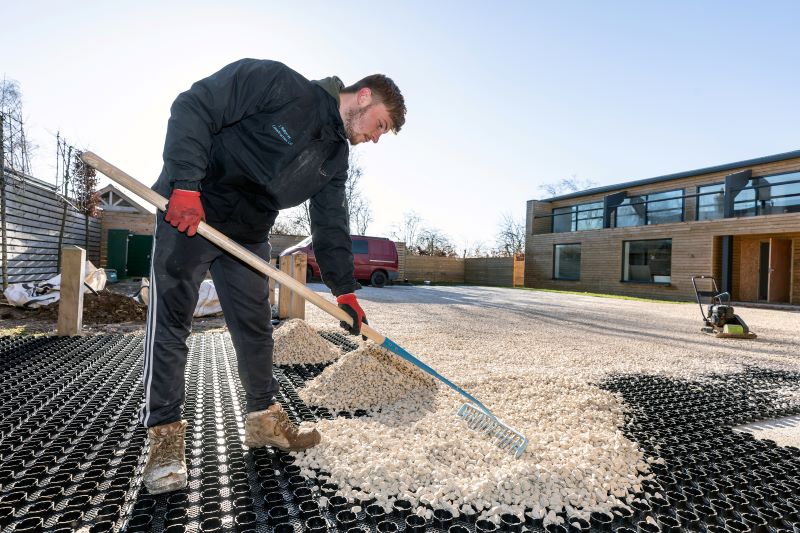
Site Preparation
Excavate 150–200 mm deep, install a geotextile barrier, and lay compacted crushed stone.
Laying Grid Pavers
Place grid units tightly and use edge restraint to prevent movement. Concrete grids usually don’t require snap connections.
Infill and Finishing
Fill cells with grass seed and soil or gravel. Compact and nurture turf, or leave gravel surfaces to settle naturally.
Long-Term Maintenance
Reseed grass grids yearly, refill gravel if needed, and power-wash permeable concrete grids occasionally to avoid debris build-up.
How and Where to Buy
You can purchase these concrete grid systems from:
- Mutual Materials – Turfstone Pavers are available online and at branches
- Belgard – Distributor network for Turfstone and Aqualine products
- Ecoraster North America – Direct sales and supported installers
- Local landscape suppliers – Provide inventory and technical support
Frequently Asked Questions
Q1: Are concrete grid driveways easy to maintain?
Yes. Grass grids need mowing and occasional reseeding; gravel and resin-filled grids require minimal care. Periodic cleaning prevents debris accumulation in joints.
Q2: How long do concrete grid systems last?
With proper base installation, they can last 20–50 years. The reinforced concrete is more resistant to cracking than poured concrete slabs (mutualmaterials.com, belgard.com, ecorastergrid.com).
Q3: Can concrete grid driveways be installed on slopes?
Yes. With basic edge restraints and a proper base, these grids remain stable on moderate slopes. Reinforced concrete options hold up even under steeper topography.
